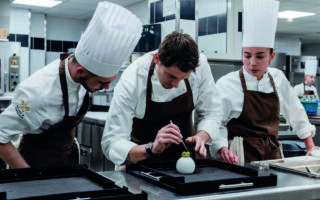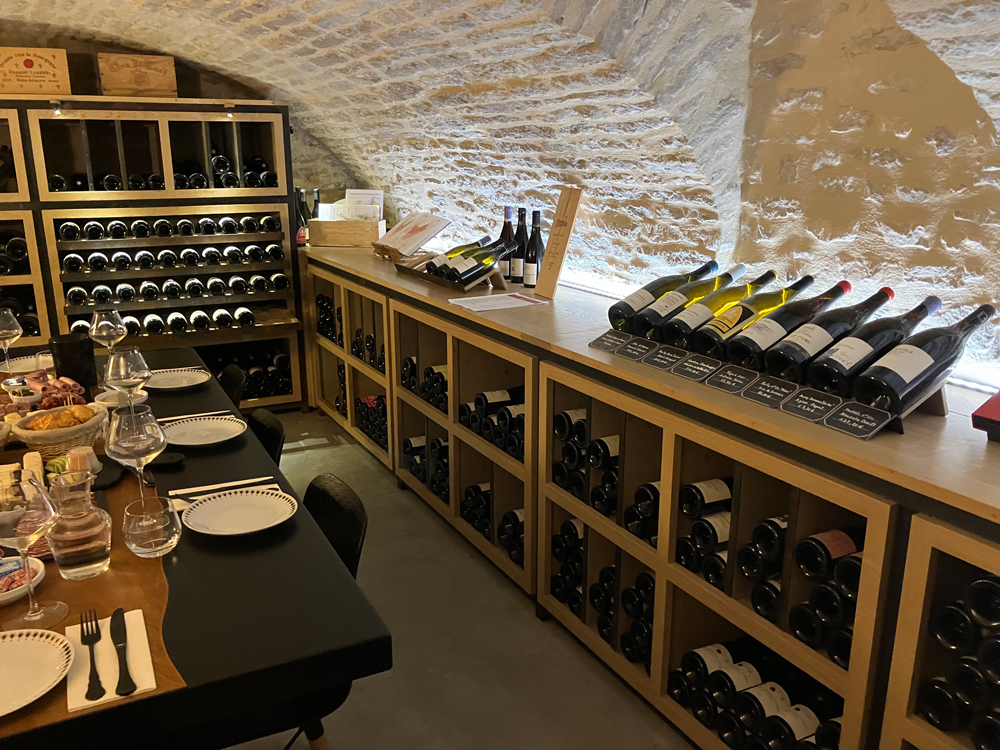
There’s more to Dijon than mustard
Known throughout the world for its mustard, Dijon rides the crest of a wave when it comes to gourmet recognition and yet it remains a relatively undiscovered gem.
This town in Eastern France is far too easy to bypass on the way to somewhere else, be it Italy, Switzerland or the south of France. A big mistake, since Dijon is a fabulously vibrant and historic city, filled with gastronomic delights, and a wine lover’s paradise. Easily accessible by train (less than two hours from Paris) to keep your green credentials intact, the historic centre, crammed with a mix of grand 18th-century stone buildings cheek by jowl with medieval half-timbered houses, boasts a modern tram network and a free electric bus service.
Alongside Beaune, Dijon is one of the two major cities of the world-famous Burgundy wine region, sometimes overshadowed by Beaune due to the famed Hospices, yet some of the most prestigious vineyards on the planet, such as Gevrey-Chambertin, Clos de Vougeot and Romanée-Conti, are just a stone’s throw from the city centre. Reason enough to plan a visit to this stunning city, but made even more of a must, with the opening in May 2022 of the Cité Internationale de la Gastronomie et du Vin just a short walk or tram ride from the heart of the city.
Standing on the site of the old Hôpital Général, the centre is akin to a village, with a collection of buildings old and new, celebrating modern architecture whilst safeguarding local heritage and housing a whole host of interesting and eclectic exhibitions, bars, restaurants and shops. The permanent exhibitions take you deep into the world of French gastronomy, demonstrating, for example, the importance of tableware and the exuberance often surrounding French food. The many interactive exhibitions, both permanent and temporary, are an exciting and fun way of exploring culinary secrets and recipes, experimenting with wine and food pairings, or identifying aromatic characteristics of different wines.
The Cité offers visitors not only interesting, in-depth and interactive educational experiences, but also the opportunity to taste and buy a vast range of local specialities and wines. Amongst other attractions, is La Cave de la Cité, a unique wine cellar stocked with 3,000 different wines, 250 of which are available either to taste or by the glass. Wines from all over France are included, along with a few from other countries, with the lion’s share naturally given over to the local region of Burgundy.
Another of the highlights of the centre, is the restaurant La Table des Climats, a modern yet cosy and relaxed restaurant serving high-quality French cuisine. On a recent visit to Dijon, this restaurant stood out in terms of quality, service and value.
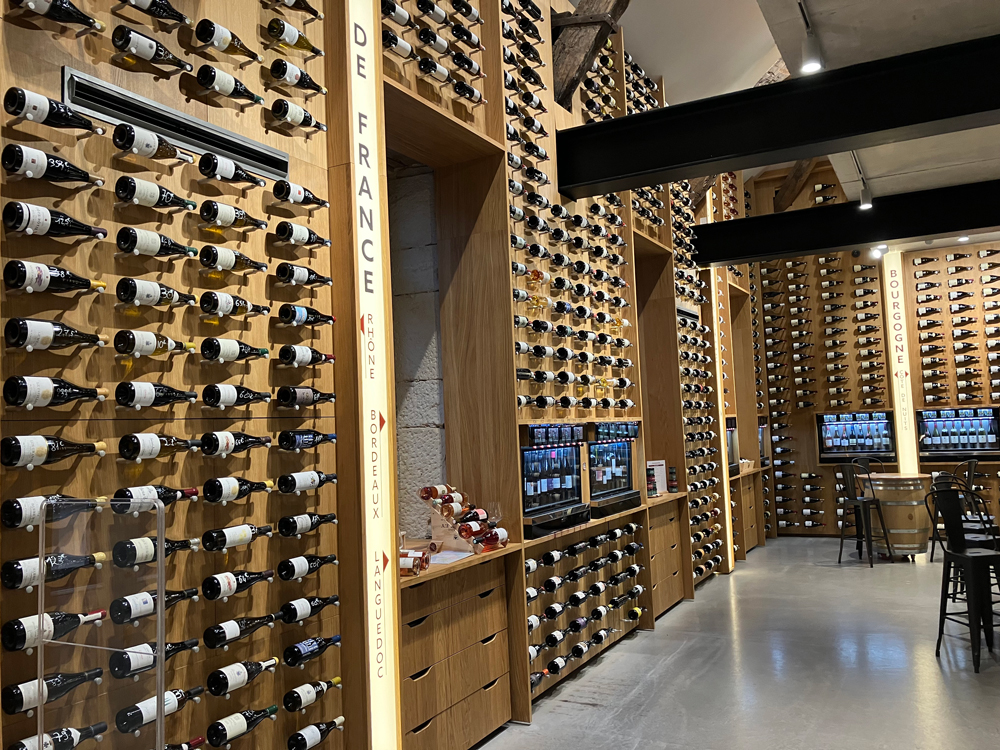
Richard Esling©WineWyse. 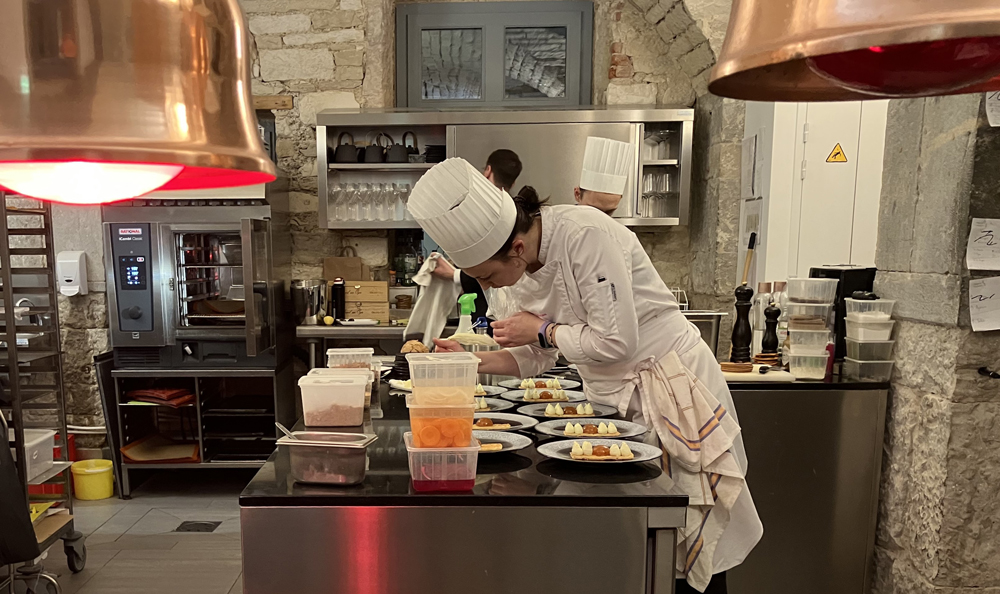
Richard Esling©WineWyse.
Within the historic centre of Dijon, once home to the all-powerful Dukes of Burgundy whose stature in centuries past was greater than that of the King of France, are a multitude of independent specialist shops, many of which form a part of the gastronomic tapestry of the town. Founded in 1796, the house of Mulot & Petitjean is a family company, which for generations has produced a gastronomic delight almost as famous as the mustard – Pain d’Épices, and with an expertise built over centuries, the company produces among the best on the planet. Any trip to the beautiful city of Dijon must take in a visit to their headquarters, a red timber-framed building on Place Bossuet with an absolutely stunning interior, stuffed full of treats. Other unmissable shops are specialist truffle shop La Boutique de la Truffe, on Rue Chaudronnerie, and the Edmond Fallot mustard boutique on Rue de la Chouette, with its plethora of delectable mustards, flavoured with everything from tarragon to cassis and all available to taste before you buy.
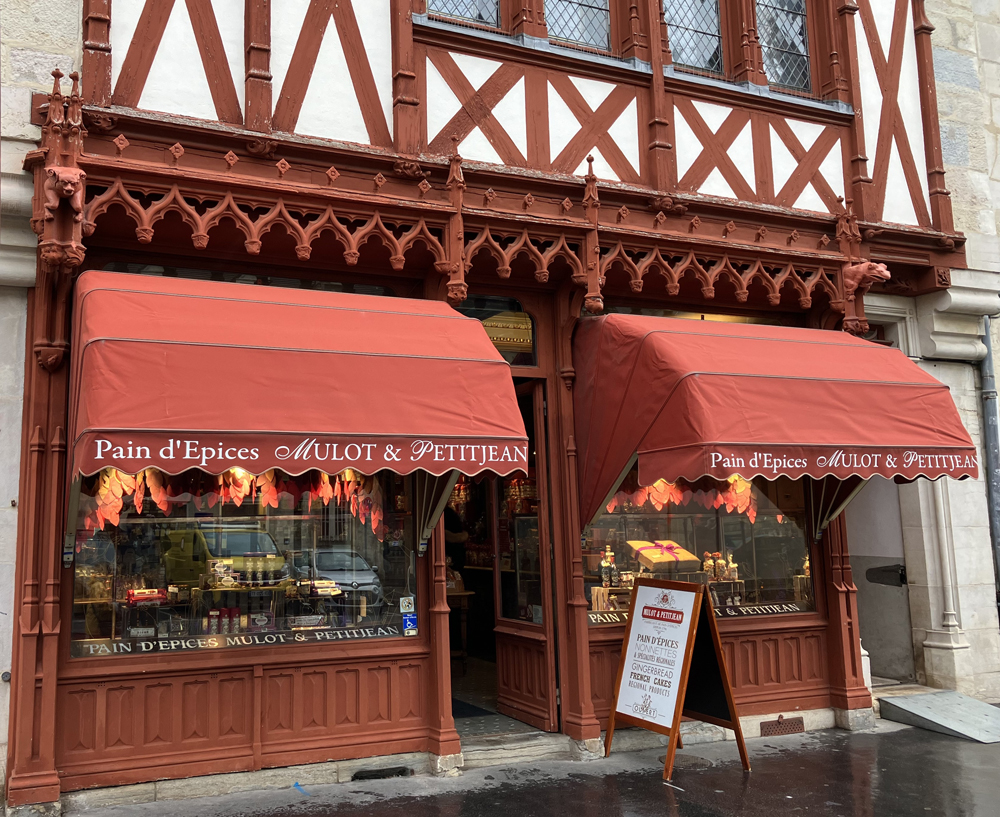
Richard Esling©WineWyse. 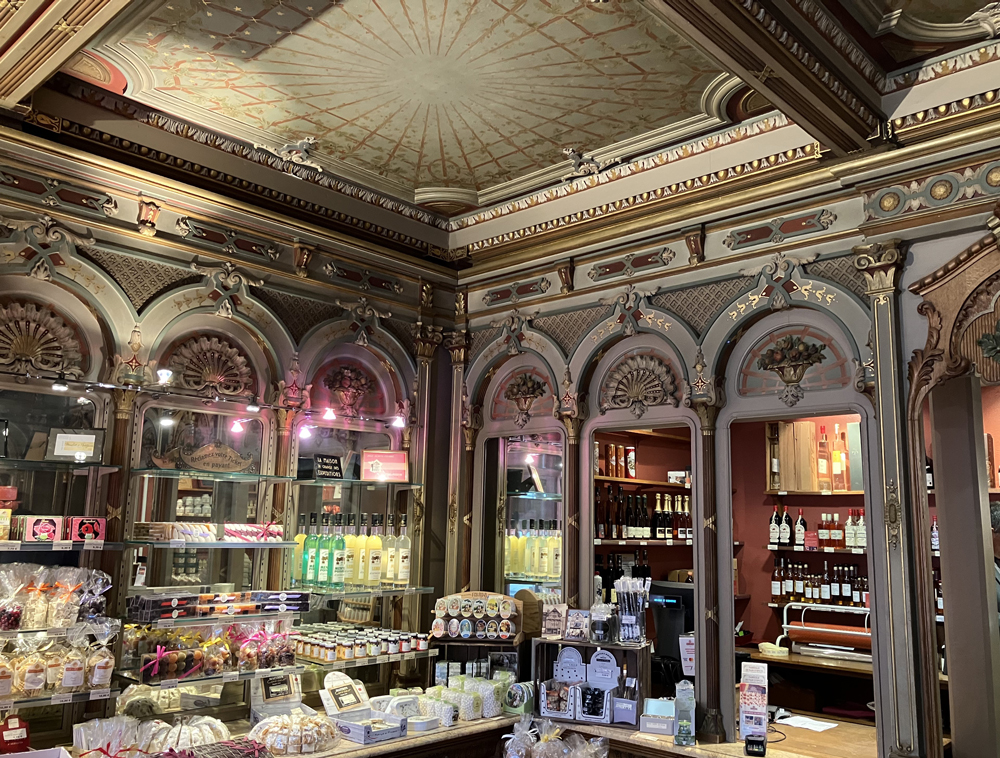
Richard Esling©WineWyse.
Restaurants and wine bars abound, each with their own eclectic offerings of local Burgundian dishes, some in the narrow cobbled streets of the extensive pedestrianised centre, with others in grander settings such as Pré aux Clercs overlooking the grandiose Place de la Libération, dominated by the imposing Dukes’ Palace. The centrally located Grand Hôtel La Cloche overlooking Place Darcy with its tram stations, also has a first-class restaurant, together with a good list of local wines. The modern tramway system became operational just over 10 years ago in 2012 and, together with the free electric shuttle buses in the town centre, demonstrates Dijon’s care for the environment.
Being one of the principal towns of the Burgundy wine region, naturally there are a good number of fabulous wine shops, a number of which offer tasting sessions, tuition and food pairing experiences. La Source des Vins, on Rue Michelet, organises workshops and tastings in its vaulted cellar so you can try before you buy. Going several steps further, La Cave du Palais is able to organise the complete immersion in Burgundy wines. The Hôtel du Palais, on the Rue du Palais, in a wonderfully refurbished 19th-century building, has nine comfortable, unique rooms and a cellar complex for tastings, dinners and educational wine workshops, all managed by owners Eve and Sébastien.
To complete the Burgundy Wine Immersion, Sébastien runs wine tours through his associate company Chemins de Bourgogne. A journey through the Burgundian vineyards with him is an experience not to be missed: a former top sommelier who has worked in London and Paris, Sebastien knows his stuff when it comes to wine and is able to transmit that knowledge effortlessly through his warm and friendly character. He will take you to such iconic wine sites as Clos de Vougeot and villages such as Fixin and Gevrey-Chambertin – naturally with some tastings along the way.
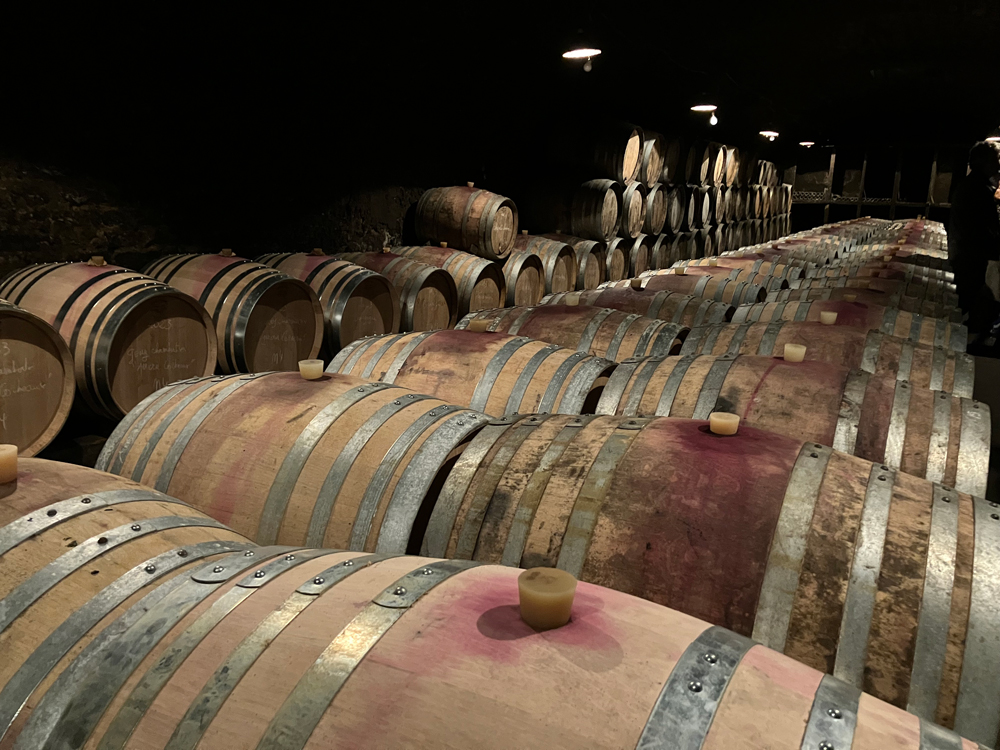
A stay in Dijon, with its modern buzz no doubt partly due to its 25,000 students, would be incomplete without participating in a workshop to learn the secrets of Burgundian cuisine. Using the talents of a number of local chefs, Salt & Pepper, on Boulevard de la Trémouille, runs a number of cookery workshops, where groups have fabulous fun making both successful and unsuccessful versions of local dishes, such as gougères (cheese choux buns) and oeufs en meurette (eggs cooked in red burgundy wine).
The historic city of Dijon is thus a place of pilgrimage, perfect for paying homage to the gastronomic and wine heritage that is the taste of France.
About the author
Richard Esling BSc DipWSET is an experienced wine journalist, writer, educator and consultant. With experience in the wines and spirits industry spanning several decades, he is a member of the prestigious Circle of Wine Writers and an International Wine Judge. www.winewyse.com Twitter @richardwje
Latest posts:
- Canard au sang
- Oeufs en meurette
- Le Goûter: The Sweetest Part of the Day
- Fabien Ferré: Jumping from 0 to 3 Michelin Stars
- Sardines and onions summer tart
Lead photo credit : Richard Esling©WineWyse.
Share to: Facebook Twitter LinkedIn Email
More in Beaune, Dijon Travel, La Cave de la Cité, Things to do in Dijon



